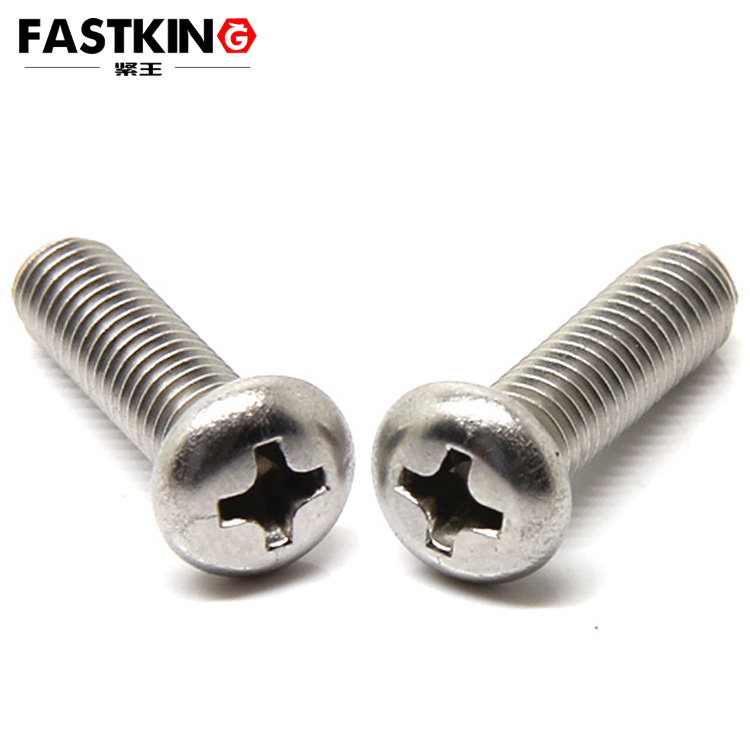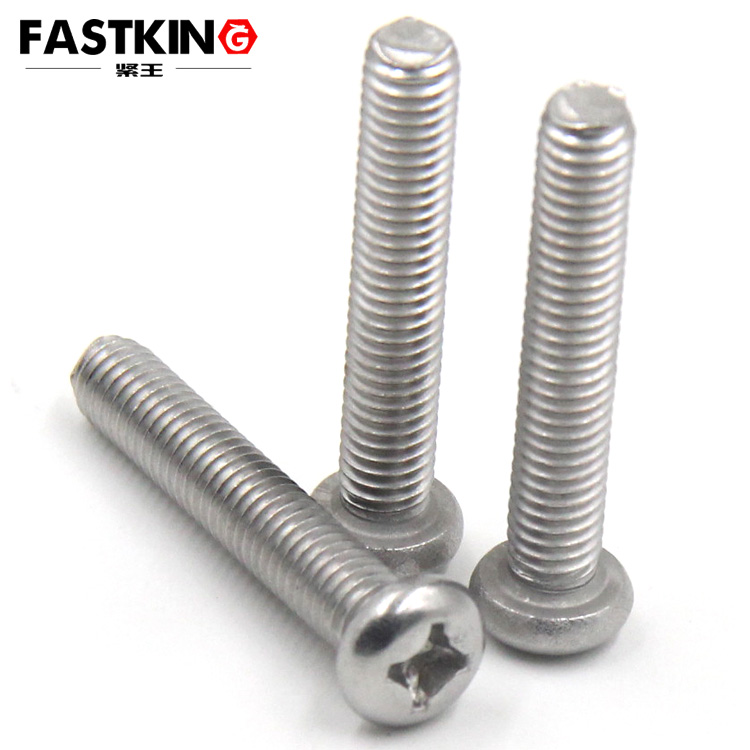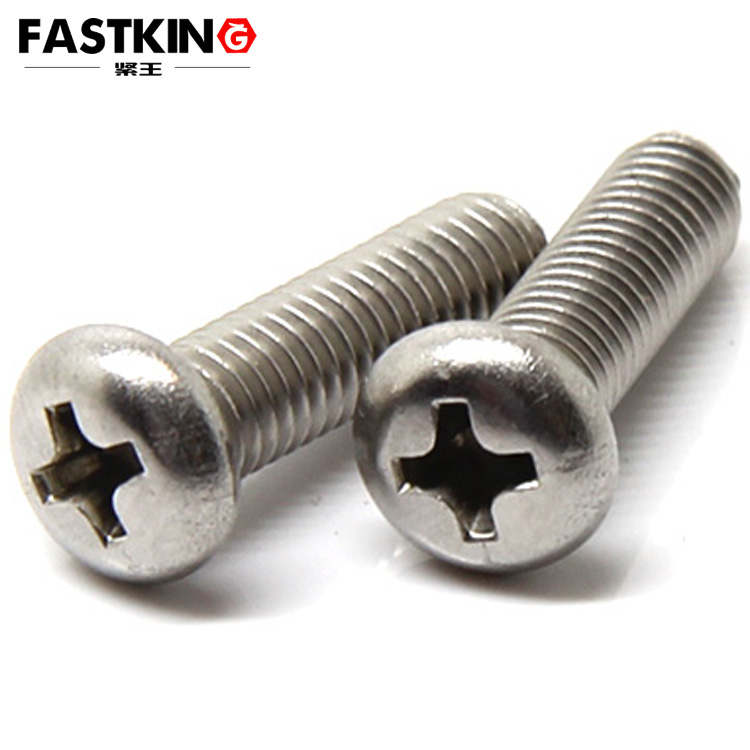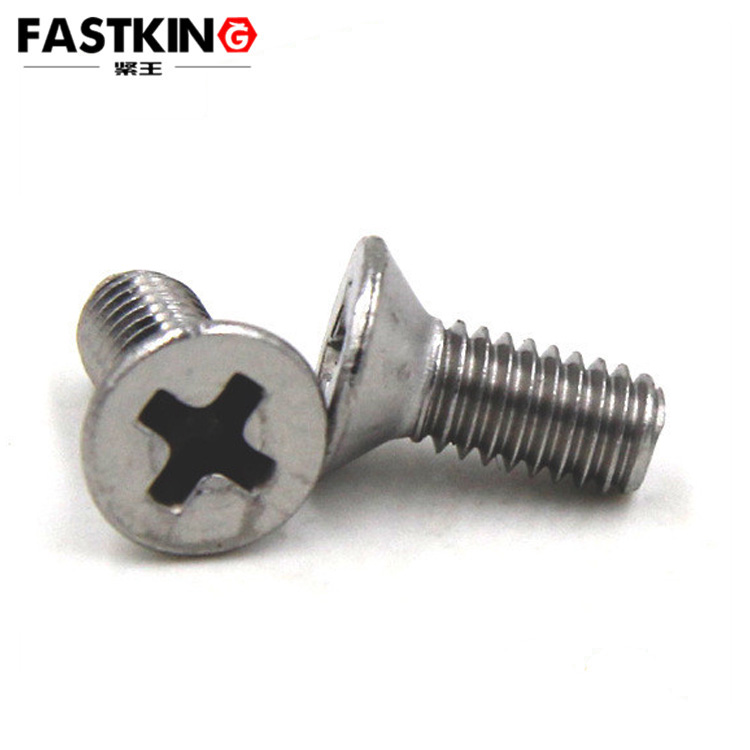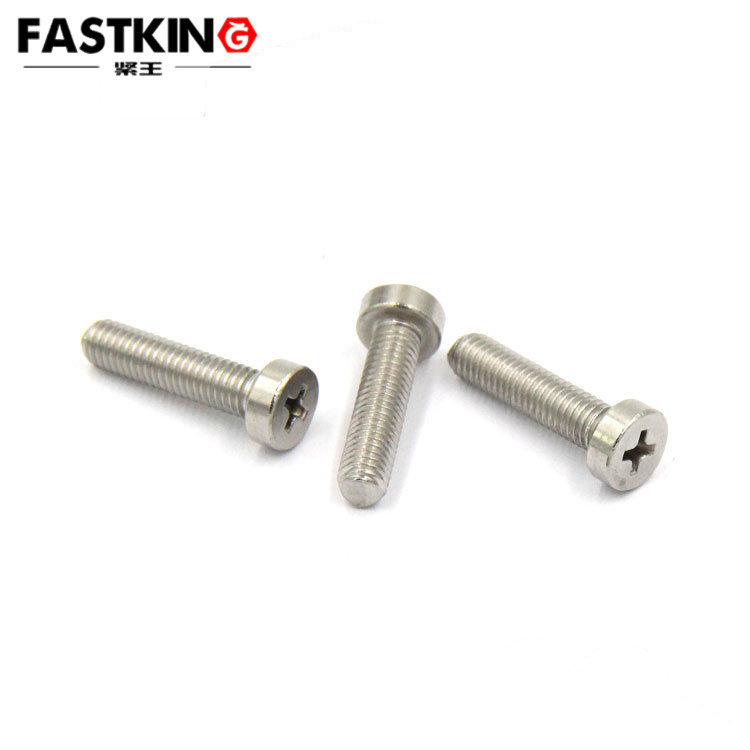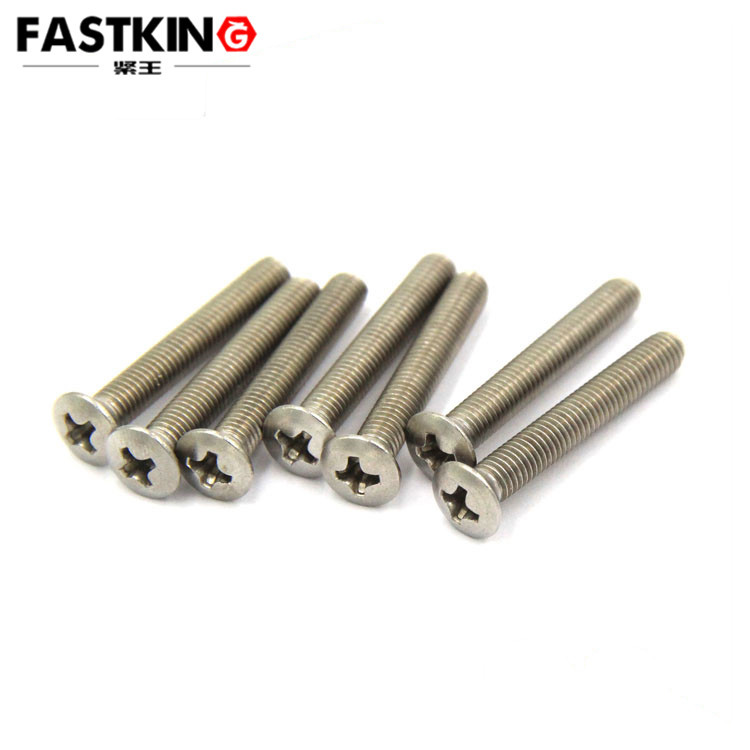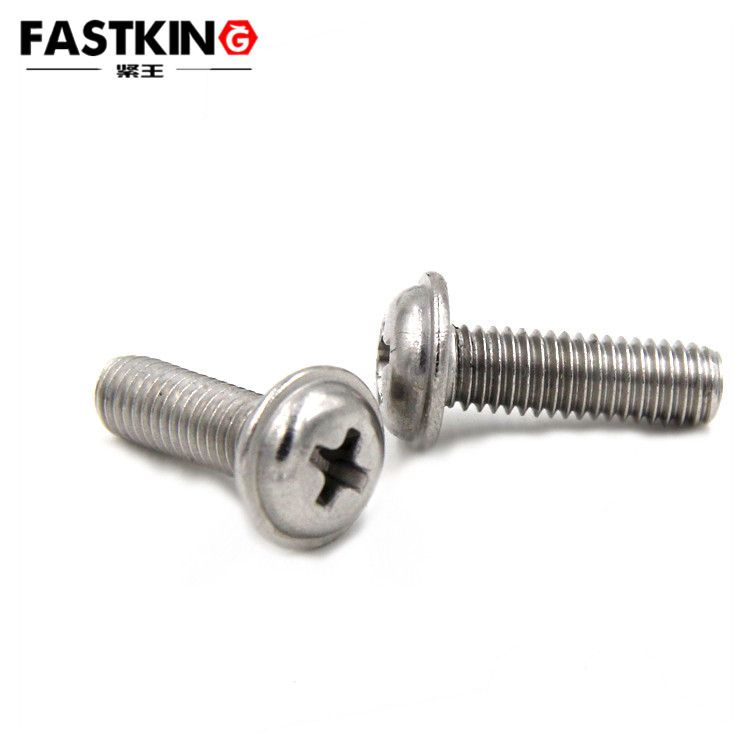Every detail of the pan-head cross-recessed machine screw is custom-tailored for electronic applications. The "pan head"—a rounded, dome-shaped design—causes far less damage to the surface of connected parts compared to flat-head screws. Given that electronic devices often use fragile materials like plastic casings and flexible circuit boards, the smooth, curved transition of the pan head prevents indentations or cracking during tightening. Additionally, its rounded shape reduces the risk of internal components being damaged by colliding with the screw head due to vibration.
The cross-recessed (Phillips) drive is a classic choice that balances versatility and operational efficiency. Cross-head screwdrivers are fundamental tools in electronic assembly workshops; they seamlessly fit both electric bits on automated production lines and manual tools used by maintenance personnel, enabling quick tightening. Unlike hexagon socket drives, cross recesses do not require specialized tools, lowering the threshold for assembly and maintenance—an advantage that is particularly valuable for high-efficiency mass production of electronic devices.
The "machine thread" is the core of the screw’s fastening function. The fine, uniform thread profile undergoes precision rolling, with pitch errors controlled at the micrometer level. This allows it to fit perfectly with pre-tapped threaded holes in electronic devices. Through mechanical interlocking between threads, components are securely fastened, preventing loose connections even when the device is subjected to slight vibrations during transportation or use.
The existence of two major standards—DIN7985 (German Industrial Standard) and GB818 (Chinese National Standard)—provides a unified "measurement" for the quality of pan-head cross-recessed machine screws. As a widely recognized international standard, DIN7985 imposes strict regulations on critical dimensions such as head height, head diameter, cross-recess depth, and thread precision. For example, for an M2-sized screw, DIN7985 requires the head diameter tolerance to be within ±0.1mm and the thread pitch diameter tolerance to comply with the 6g class. This ensures interchangeability between screws produced by different manufacturers, avoiding assembly jams caused by dimensional deviations.
GB818, meanwhile, optimizes certain parameters based on the needs of China’s electronic manufacturing industry, while referencing DIN7985. For instance, it mandates a higher surface finish (Ra ≤ 1.6μm) to reduce the risk of circuit board scratches from thread burrs. It also specifies mechanical property classes (e.g., 4.8, 8.8) to match the load requirements of different electronic devices. The coexistence of these two standards not only guarantees screw versatility but also offers flexibility to enterprises: electronics companies focused on exports can choose screws complying with DIN7985, while domestic brands can adopt GB818, ensuring smooth circulation in the global supply chain.
Pan-head cross-recessed machine screws are ubiquitous in electronic device manufacturing, with motherboard fixing in smartphones being a typical application. As the "brain" of a smartphone, the motherboard must be secured to the middle frame using multiple M1.4 or M1.6 pan-head cross-recessed machine screws. The pan-head design prevents pressure damage to chips and capacitors on the motherboard; the cross-recessed drive facilitates high-speed tightening on automated production lines; and dimensional precision compliant with DIN7985 or GB818 ensures consistent tightening torque for each screw, avoiding motherboard deformation due to uneven force.
In wearable devices like smartwatches, these screws play an even more critical role. Wearables have extremely compact internal spaces, accommodating only millimeter-sized components. The head height and thread length of screws must strictly adhere to standards to avoid interference with batteries, sensors, and other parts. Additionally, their lightweight nature—often made from aluminum alloy or stainless steel—avoids adding unnecessary weight to the device, aligning with the "slim and light" design philosophy of wearables.
Smart home devices also rely heavily on pan-head cross-recessed machine screws. From the assembly of smart speaker casings and the fixing of router circuit boards to the connection of internal components in smart door locks, these screws ensure stable assembly. Take smart door locks as an example: their internal motors and transmission mechanisms require secure fastening with screws, and thread precision directly affects the smooth operation of these mechanisms. Screws complying with GB818 have minimal pitch diameter errors and uniform fitting clearance with nuts, preventing motor vibration and noise caused by excessive clearance. The pan-head design also prevents the screw head from scratching internal wires and cables, safeguarding the device’s circuit safety.
In high-demand scenarios, pan-head cross-recessed machine screws may undergo additional surface treatments, such as zinc-nickel alloy plating (for corrosion resistance) or tin plating (for enhanced conductivity), further expanding their adaptability in the electronics field.
Despite their small size (common specifications: M1-M3, length 3-10mm), pan-head cross-recessed machine screws are irreplaceable in electronic devices. Beyond precise dimensions and reliable performance, DIN7985 and GB818 standards make them the "cornerstone" of standardized production in the electronics manufacturing industry. In the global supply chain, unified standards enable seamless compatibility between screws and device components produced by different countries and enterprises, reducing R&D and production costs. In maintenance, standard-sized screws allow technicians to quickly obtain replacements, shortening repair cycles.
As electronic devices trend toward miniaturization and integration, pan-head cross-recessed machine screws continue to evolve—for example, adopting high-strength plastic materials (for insulating scenarios) and optimizing cross-recess depth (to improve drive stability) to meet new application needs.
From the smooth operation of smartphones and the security of smart door locks to the accurate monitoring of smartwatches and stable internet connectivity of routers, pan-head cross-recessed machine screws act as "invisible guardians," playing a key role in the tiny spaces of electronic devices. Regulated by DIN7985 and GB818, they exemplify "small yet excellent" in the electronics manufacturing industry—hiding extreme precision beneath a simple structure and bearing the responsibility of ensuring device stability in a miniature form. In the future, as electronic technology continues to innovate, these screws will keep evolving, injecting "small but solid" strength into the development of the electronics industry with better performance and more precise specifications.

